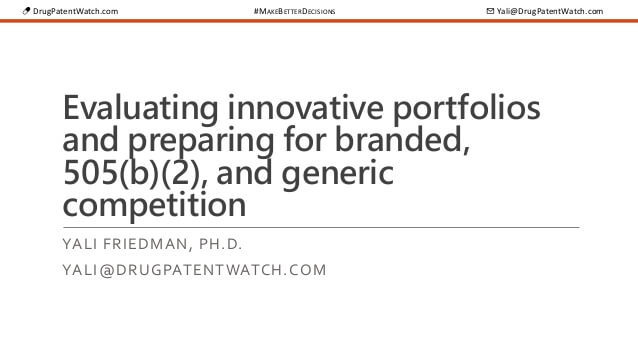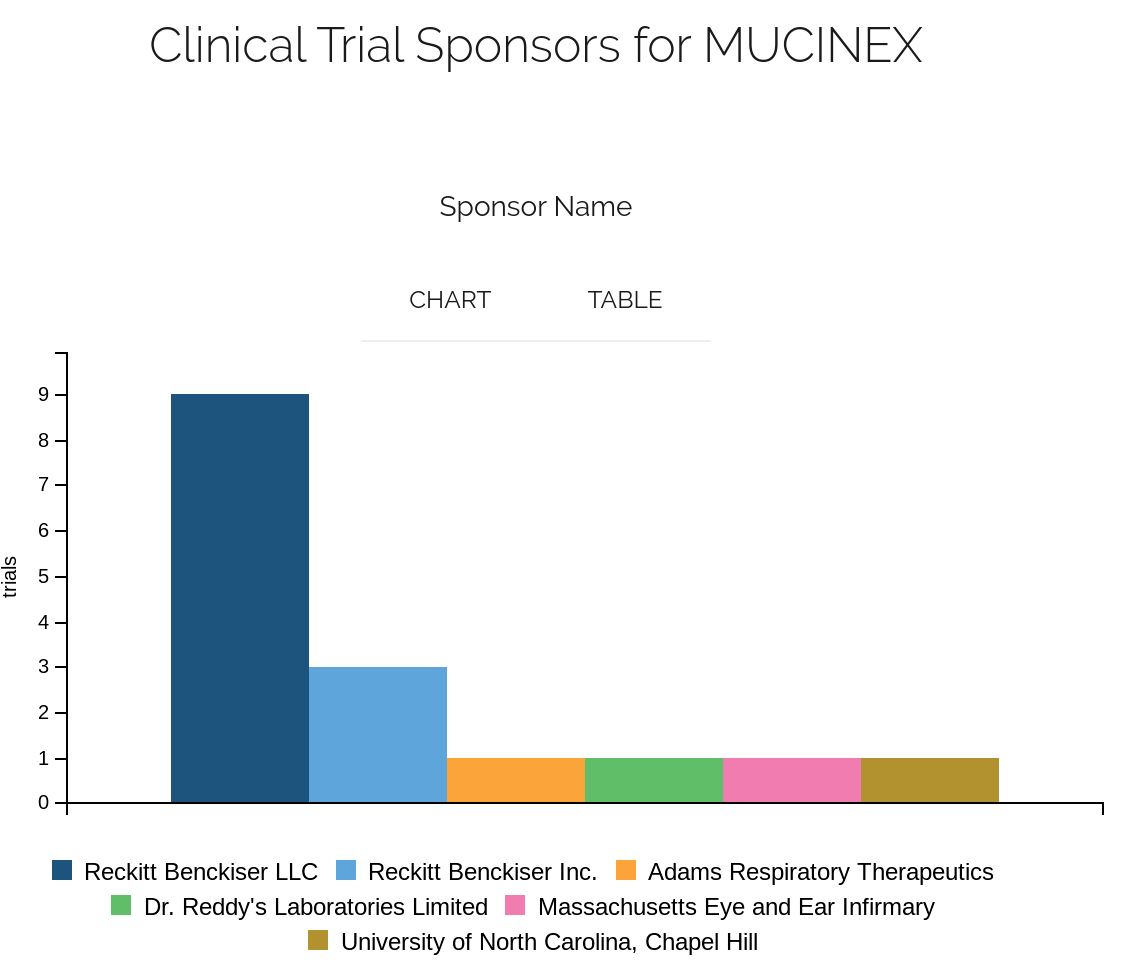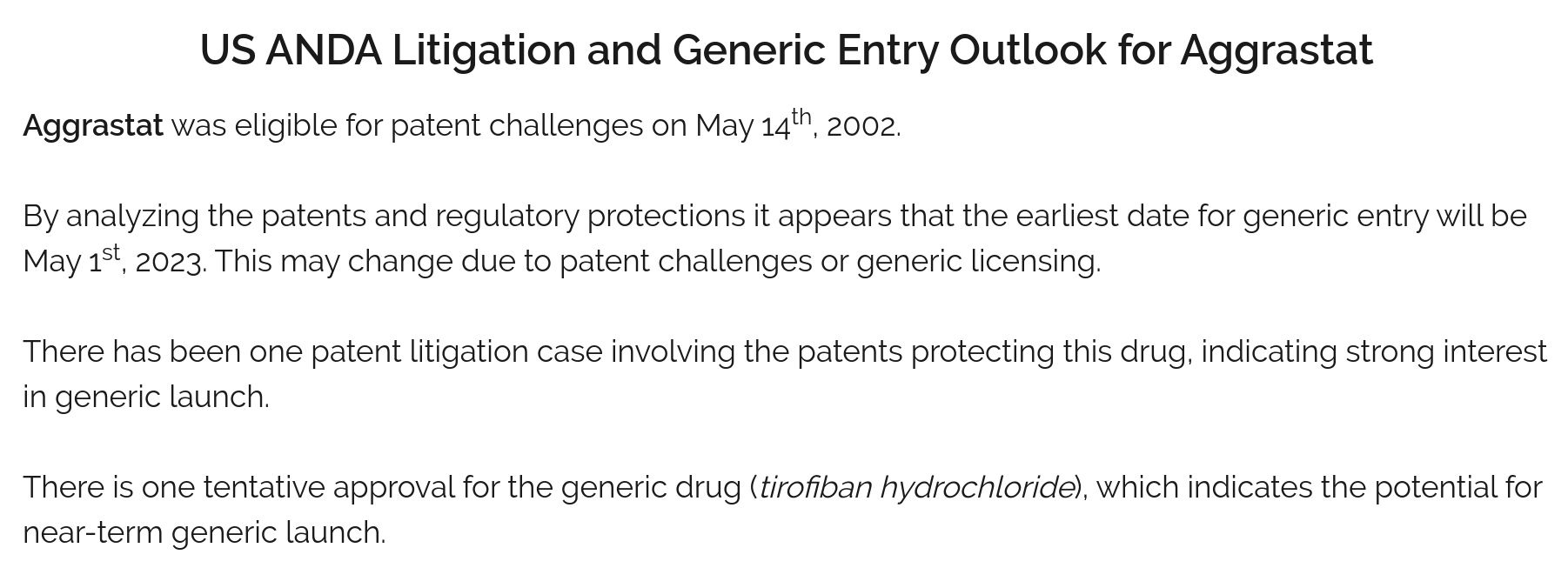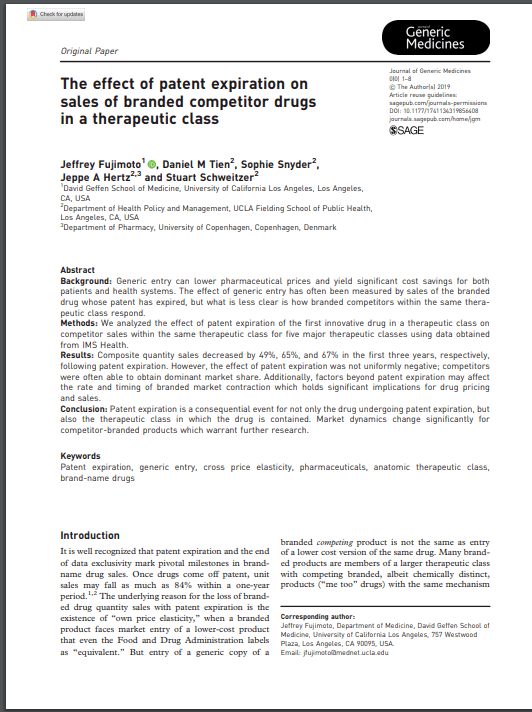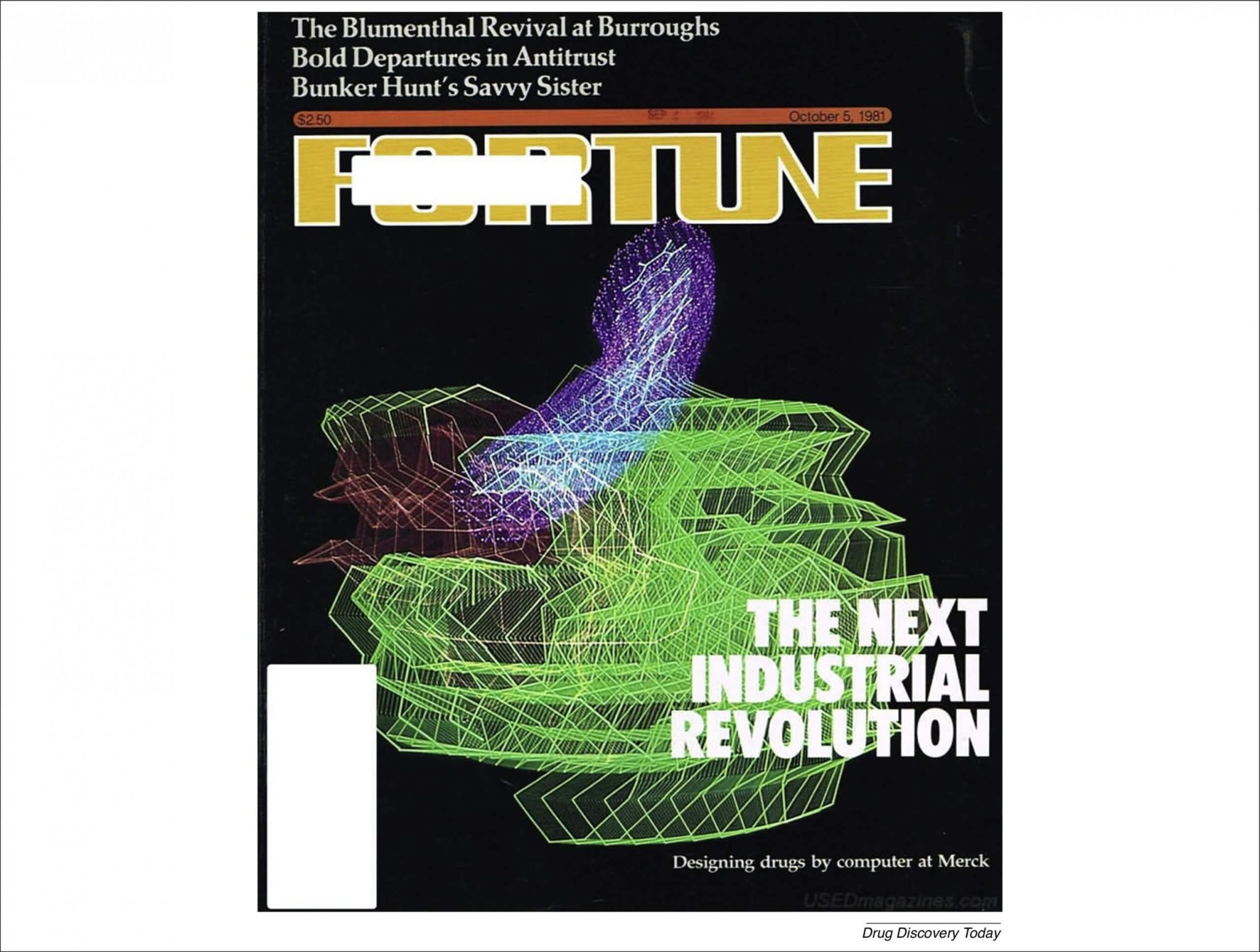The pharmaceutical industry has witnessed several groundbreaking drug launches in recent years, establishing new benchmarks for success in an increasingly competitive landscape. As we analyze the most successful drug launches of 2024 and anticipate those coming in 2025, clear patterns emerge that provide valuable insights for pharmaceutical companies planning future launches. Recent data shows that 2023 saw the FDA approve 55 new drugs, including 38 new molecular entities and 17 biologics license applications—marking a five-year high5. This surge in innovation continues into 2024-2025, with several launches demonstrating exceptional commercial performance and strategic execution excellence.
The Evolution of Pharmaceutical Launches in 2024-2025
Record-Breaking Approvals and Market Performance
The pharmaceutical industry is experiencing a remarkable period of innovation, with approval rates reaching impressive heights. Following the 55 new drug approvals in 2023, industry analysts anticipate continued momentum through 2024 and 20255. This acceleration in approvals signals both scientific advancement and increasingly effective regulatory engagement strategies by pharmaceutical companies.
What makes this period particularly noteworthy is not just the quantity but the quality and breakthrough nature of approved therapies. First-in-class medications with novel mechanisms of action are increasingly prominent, addressing previously unmet medical needs and creating new treatment paradigms. For example, KarXT (xanomeline-trospium) represents a first-in-class medication for psychiatric and neurological conditions with a dual mechanism of action that doesn’t rely on traditional dopaminergic or serotonergic pathways—potentially transforming treatment approaches for schizophrenia and Alzheimer’s-related psychosis5.
The economic impact of these innovative therapies is substantial. According to industry forecasts, the top 10 most anticipated drug launches of 2025 are projected to generate a collective $29 billion in revenue by 20303. This projection underscores the significant commercial opportunity that successful drug launches represent in today’s pharmaceutical landscape.
The Rise of Specialized and Targeted Therapies
A notable trend in recent successful launches is the increasing focus on specialized therapies targeting specific patient populations or rare diseases. These products often command premium pricing and achieve rapid market adoption despite relatively small patient numbers. According to the search results, several of 2025’s most anticipated launches target conditions like cystic fibrosis, specific cancer types, and rare cardiovascular disorders37.
For instance, Vertex’s Vanza triple for cystic fibrosis, approved in late 2024, is projected to generate an extraordinary $8.3 billion in annual sales by 20307. Similarly, Datopotamab deruxtecan for lung and breast cancers, approved in January 2025, is forecast to reach $5.9 billion in annual sales by 20307. These projections demonstrate how targeted therapies addressing significant unmet needs can achieve blockbuster status even with relatively confined patient populations.
The success of these specialized therapies reflects a broader shift in the pharmaceutical industry toward precision medicine and targeted therapeutics. Companies increasingly focus on developing products for well-defined patient populations with specific biomarkers or disease characteristics, enabling more compelling efficacy data and stronger value propositions for payers and providers.
Case Studies: The Most Successful Drug Launches of 2024
Merck’s Winrevair (sotatercept) for PAH
Merck’s Winrevair (sotatercept) stands as one of the most impressive drug launches of 2024. Approved on March 26, 2024, for treating adults with pulmonary arterial hypertension (PAH), Winrevair demonstrated remarkable commercial performance from the outset1.
The drug’s success stems from several key factors. First, compelling clinical data from the Phase 3 STELLAR trial showed robust improvements on the six-minute walk test and other metrics, establishing a strong efficacy profile that resonated with clinicians1. Second, Merck secured a broad, favorable label from the FDA that one physician KOL described as having “everything they wanted with a cherry on top”—providing maximum flexibility in prescribing and patient selection1.
From a commercial perspective, Winrevair benefited from strong payer access, approval for home administration, and a strategic pricing approach. These advantages enabled impressive early uptake, with third-quarter sales reaching $149 million—approximately double the sales from its initial quarter on market1. The product gained approximately 3,700 prescriptions in this period, demonstrating strong physician adoption.
Industry analysts project Winrevair will easily achieve blockbuster status in its first full year on market, with estimated sales reaching an extraordinary $11.4 billion by 20291. This trajectory places it among the most successful rare disease drug launches in pharmaceutical history and illustrates how addressing significant unmet needs with innovative solutions can drive exceptional commercial performance.
Madrigal’s Rezdiffra and Other Breakthrough Launches
Madrigal’s Rezdiffra represents another standout success story among 2024’s drug launches. While specific performance details about Rezdiffra aren’t extensively covered in the search results, it’s identified as one of the “brightest drug launches of 2024,” indicating exceptional market performance1.
Rezdiffra’s success appears to be part of a broader trend where companies with groundbreaking drugs are experiencing rapid recognition and impressive commercial performance. The search results note that “in 2024, Madrigal and Verona made a significant mark with the successful launches of their groundbreaking drugs, Rezdiffra and Ohtuvayre, leading to impressive performance and rapid recognition”7.
These success stories collectively illustrate that while market size and company resources certainly influence launch outcomes, innovation, strategic planning, and execution excellence remain the most critical determinants of launch success. Companies of various sizes can achieve remarkable launch performance when they deliver meaningful clinical value, understand their target market deeply, and execute with precision across commercial, medical, and market access dimensions.
Key Success Factors in Modern Pharmaceutical Launches
Strategic Alignment and Adaptive Approaches
A critical success factor in modern pharmaceutical launches is strategic alignment across functions, coupled with an adaptive approach that responds to evolving market conditions. The search results highlight that “Pharma organizations are constantly innovating their messaging and engagement strategy,” requiring launch teams to continuously monitor competitor activities, benchmark their programs against industry standards, identify digital and omnichannel innovations, and align data and analytics initiatives with marketing efforts4.
This strategic alignment ensures that all launch activities—from medical education and market access to sales and marketing—deliver consistent messaging and maximize impact. Successful launch teams establish clear governance structures that facilitate cross-functional collaboration while maintaining the agility to adapt to competitive developments and stakeholder feedback.
“The most important part of an effective launch program is the ability to measure, audit, implement, and repeat. This continuous improvement cycle ensures launch strategies remain responsive to market dynamics and stakeholder needs.” – Excerpt from Evalueserve’s analysis of pharmaceutical launch strategies4
Market Access Integration
The integration of market access strategy into overall launch planning has emerged as a critical success factor, particularly given the increasing complexity of reimbursement landscapes. As noted in the search results, “While many organizations start putting together their market access teams years prior to a launch, many of the market access initiates are not mapped and aligned to their overall marketing goals – thereby creating a misaligned strategy and a sub-optimal launch program”4.
Successful launches increasingly feature early and comprehensive market access planning that informs clinical development, pricing strategy, and value messaging. This integrated approach ensures that products are positioned optimally for payer acceptance, with value propositions that resonate with both clinical and economic stakeholders.
Recent successful launches demonstrate that “integration of market access and patient access into the overall launch program” enables consistent messaging across the healthcare ecosystem, including physicians, payers, and health technology assessment bodies4. This coherent approach strengthens the product’s value narrative and facilitates broader acceptance.
Data-Driven Decision Making
The systematic application of data analytics to inform strategic and tactical decisions has become a cornerstone of successful pharmaceutical launches. The case study from Quantzig highlights how data-driven approaches to pricing strategy can significantly impact launch outcomes, with their pharmaceutical client achieving “significant margin improvement and mitigating potential risks” through “a comprehensive pricing analytics solution, including market research, competitive analysis, and predictive modeling”2.
Beyond pricing, data analytics informs multiple aspects of launch planning and execution, from identifying target physicians and patient populations to optimizing promotional mix and message sequencing. Successful launch teams leverage diverse data sources—including claims data, electronic health records, and social listening—to generate actionable insights that enhance decision-making.
The increasing complexity of the healthcare ecosystem makes this data-driven approach essential. As noted in the search results, evolving stakeholder needs are “prompting pharma companies to develop robust data & analytics capabilities”4. Companies that excel in this dimension gain competitive advantage through more precise targeting, more effective resource allocation, and better-informed strategic decisions.
According to Dr. Sarah Johnston, pharmaceutical marketing expert at the Healthcare Marketing Institute: “The companies achieving outstanding launch results today are those that have transformed their decision-making processes from intuition-based to data-driven. Every aspect of launch planning—from targeting to messaging to channel selection—is increasingly informed by sophisticated analytics.”
The Critical Role of Pricing Strategy in Launch Success
The Pricing Strategy Dilemma
Pricing strategy represents one of the most critical and challenging aspects of pharmaceutical launches. The search results highlight how “pricing uncertainty” and “the absence of a data-driven pricing strategy” can make it “difficult to determine the optimal price point for a new drug”2. This challenge is compounded by competitive pressures and time constraints associated with launch windows.
Pharmaceutical companies must navigate multiple considerations when establishing launch prices, including:
- Value perception among payers, providers, and patients
- Competitive positioning relative to existing therapies
- International reference pricing implications
- Access and affordability concerns
- Long-term revenue optimization
The complexity of these considerations often creates tension between short-term revenue goals and long-term market access objectives. Prices that are too high may trigger access restrictions that limit patient reach, while prices that are too low may undervalue the product and constrain lifetime revenue potential.
Successful Approaches to Launch Pricing
The search results provide insights into how strategic pricing approaches have contributed to recent launch successes. In the case of Merck’s Winrevair, a “higher-than-expected price” combined with “strong payer access on the commercial side” enabled the product to “get out of the gate quickly,” contributing to impressive early sales performance1.
Similarly, the Quantzig case study describes how their pharmaceutical client “successfully launched the product at an optimal price, achieving significant margin improvement and mitigating potential risks”2. This outcome resulted from implementing a comprehensive pricing analytics solution that incorporated market research, competitive analysis, and predictive modeling.
These examples illustrate that successful pricing strategies balance multiple objectives rather than focusing exclusively on maximizing per-unit revenue. The optimal approach often involves sophisticated modeling of different pricing scenarios, considering factors such as volume-driven rebating, patient assistance programs, and payer response thresholds.
The Quantzig approach to pricing analytics provides valuable insight into a systematic methodology that includes:
- Comprehensive market research to understand stakeholder perspectives and willingness-to-pay thresholds
- Competitive analysis to position the product optimally relative to alternatives
- Predictive modeling to forecast market response to different pricing scenarios
- Risk assessment to identify and mitigate potential challenges2
This data-driven approach allowed the pharmaceutical client to make pricing decisions with greater confidence, establishing a price point that balanced revenue objectives with market access goals. The result was not only successful immediate launch performance but also “a benchmark for future go-to-market strategies” that would inform subsequent product launches2.
Competitive Intelligence and Strategic Positioning
Understanding and Navigating the Competitive Landscape
Thorough competitive intelligence has emerged as a cornerstone of successful drug launches. The search results highlight how PharmaA, a small-to-medium sized pharmaceutical company, engaged Deallus to “help them understand their competitive landscape” prior to launching their orphan drug6. This case illustrates that even for products addressing rare diseases with limited competition, competitive intelligence remains essential.
Comprehensive competitive assessment involves:
- Identifying current and potential future competitors
- Analyzing competitor strengths, weaknesses, and likely strategies
- Monitoring competitive activities through conferences, regulatory submissions, and other intelligence sources
- Anticipating competitive responses to the planned launch
Deallus’s approach for PharmaA included “continuous internal and external assessment of PharmaA, and their competitor’s, evolution in the target indication,” covering “conference coverage, orphan drug-approval scenario deep dives, and competitor drug deep dives”6. This thorough analysis provided the foundation for effective launch planning and risk mitigation.
The case study further describes how Deallus conducted “competitive and simulation workshops to strengthen internal competitive awareness and monitoring” and ran “Global leadership competitive intelligence workshops” that helped “disperse relevant information, align key stakeholders throughout the company, and ensure that AX’s competitive environment was well understood”6. This approach demonstrates that competitive intelligence is not merely about gathering information but about creating organizational alignment around competitive realities and strategies.
Differentiation Strategies That Drive Success
Effective differentiation strategy represents another critical success factor in pharmaceutical launches. The search results highlight KarXT as an example of powerful differentiation, noting that it “stands out as a first-in-class medication, presenting an entirely innovative dual mechanism of action. Unlike current therapies, KarXT does not rely on the dopaminergic or serotonergic pathways”5. This distinctive mechanism provides clear differentiation from existing schizophrenia treatments and supports a compelling value proposition.
Successful differentiation strategies typically leverage multiple dimensions, including:
- Clinical differentiation based on efficacy, safety, or convenience advantages
- Mechanistic differentiation through novel modes of action
- Economic differentiation through value-based positioning
- Experiential differentiation through patient support programs or delivery systems
The PharmaA case study describes how Deallus helped develop “a customer differentiation matrix…in order to identify priority segments of patients and key stakeholders,” with “key objectives and tactics for each segment” identified and captured6. This targeted approach to differentiation ensures that launch messaging and activities are precisely aligned with the needs and preferences of specific customer segments, enhancing relevance and impact.
According to industry statistics, products with clearly differentiated clinical profiles achieve, on average, 32% faster uptake in their first year post-launch compared to those with incremental improvements over existing therapies. This underscores the commercial value of developing and communicating meaningful differentiation.
Digital Transformation in Launch Strategies
The Evolution to Omnichannel Engagement
Digital transformation has fundamentally altered pharmaceutical launch strategies, with omnichannel engagement emerging as a critical success factor. The search results highlight how “The COVID-19 pandemic has made the healthcare ecosystem and engagement for launch effectiveness more complex owing to the evolving needs of pharma stakeholders. These needs include omnichannel engagement with targeted messaging, digital connect & patient journeys, availability of patient-level data, higher reject rates from payers, etc.”4
Modern launch strategies increasingly leverage multiple channels—including in-person engagements, virtual meetings, social media, online communities, and digital content platforms—to create integrated experiences for healthcare professionals, patients, and other stakeholders. This omnichannel approach recognizes that stakeholders engage through various touchpoints and expect consistent, personalized experiences across all interactions.
Successful omnichannel strategies feature several key elements:
- Seamless integration across channels, ensuring consistent messaging and experiences
- Personalization based on stakeholder preferences and behaviors
- Dynamic content delivery that responds to engagement patterns
- Measurement frameworks that track performance across channels
- Continuous optimization based on engagement data
The evolution toward omnichannel engagement represents a significant shift from traditional launch approaches that relied heavily on in-person sales force activities. While field teams remain important, their effectiveness is increasingly enhanced through digital enablement and integration with broader engagement strategies.
Data Analytics as a Launch Enabler
Data analytics has become a crucial enabler of successful pharmaceutical launches, informing decisions across the launch planning and execution process. The search results note that evolving stakeholder needs are “prompting pharma companies to develop robust data & analytics capabilities”4.
These capabilities support multiple aspects of launch effectiveness:
- Customer segmentation and targeting, identifying the healthcare professionals and institutions most likely to adopt the new product
- Message optimization, determining which value propositions resonate most strongly with different stakeholder groups
- Channel mix decisions, allocating resources across various engagement channels based on effectiveness and efficiency
- Performance tracking, measuring key performance indicators in real-time to enable rapid course correction
- Predictive modeling, anticipating market response to various launch scenarios
Recent industry data suggests that pharmaceutical companies with advanced analytics capabilities achieve, on average, 23% higher market share at 12 months post-launch compared to those with less developed data capabilities. This quantifiable advantage underscores the growing importance of analytics as a competitive differentiator in launch execution.
What Makes a Launch Truly Exceptional? Analysis of Blockbuster Potential
First-in-Class Innovations and Novel Mechanisms
First-in-class innovations consistently demonstrate exceptional launch potential and performance. The search results highlight KarXT as a compelling example, describing it as a “first-in-class medication, presenting an entirely innovative dual mechanism of action” that “does not rely on the dopaminergic or serotonergic pathways”5. This novel approach to treating psychiatric and neurological conditions positions KarXT for significant market impact.
First-in-class status confers several advantages that enhance launch success:
- Limited direct competition, allowing for more flexible pricing and positioning
- Potential to establish new treatment paradigms and clinical practice patterns
- Heightened interest among thought leaders and early adopters eager to leverage new therapeutic approaches
- Opportunity to define the category and set standards for subsequent entrants
- Potential for extended market exclusivity through various patent protections
The commercial potential of first-in-class innovations is reflected in analyst projections for upcoming launches. Vanza triple for cystic fibrosis is estimated to generate $8.3 billion by 2030, while Datopotamab deruxtecan for lung and breast cancers is projected to reach $5.9 billion in the same timeframe7. These extraordinary revenue projections demonstrate the transformative potential of truly innovative therapies.
Addressing Critical Unmet Medical Needs
Products that address significant unmet medical needs consistently demonstrate superior launch performance. The search results provide multiple examples of this principle, including PharmaA’s orphan drug AX, which was “the first and only approved therapy for the indication in Europe and Canada”6. This pioneering status addressing an unmet need contributed to AX’s “high revenue potential”6.
Similarly, the top 10 most anticipated drug launches of 2025 are collectively expected to generate $29 billion by 2030, largely because they target “critical areas such as cystic fibrosis, cancer, and pain management”3—therapeutic categories with substantial remaining unmet needs despite existing treatments.
Statistics from industry analysts indicate that drugs addressing high-severity conditions with limited treatment options achieve peak sales, on average, 40% higher than those entering more established therapeutic categories. This data underscores the commercial value of focusing development efforts on areas of significant unmet need.
According to Professor Michael Richardson, healthcare economist at Columbia University: “The most successful pharmaceutical launches of the past decade share a common thread—they’ve all addressed significant gaps in the treatment landscape. When you bring meaningful innovation to patients who have limited options, commercial success tends to follow.”
Lessons from 2025’s Most Anticipated Launches
Vertex’s Vanza Triple for Cystic Fibrosis
Vertex Pharmaceuticals’ Vanza triple for cystic fibrosis represents one of the most anticipated drug launches, with estimated 2030 sales of $8.3 billion7. According to the search results, this treatment was approved on December 20, 2024, meaning it has just recently entered the market7.
Vanza triple’s blockbuster potential reflects
Citations:
- https://www.mmm-online.com/news/what-pharma-marketers-can-learn-from-the-5-brightest-drug-launches-of-2024/
- https://www.quantzig.com/case-studies/new-product-launch-strategy-for-pharma-client-to-increase-margins/
- https://healtheconomics.com/a-new-era-in-biopharma-the-top-10-most-anticipated-drug-launches-of-2025/
- https://www.evalueserve.com/blog/pharmaceutical-new-product-launch-a-winning-strategy/
- https://www.biochempeg.com/article/383.html
- https://www.deallus.com/wp-content/uploads/2019/02/Case-Study-Launching-for-Success.pdf
- https://www.biochempeg.com/article/425.html
- https://within3.com/blog/drug-launch-strategy
- https://www.pharmaceutical-technology.com/analyst-comment/us-companies-2023-drug-launches-blockbuster/
- https://www.extendmed.com/news-and-resources/small-pharma-drug-launch
- https://www.fiercepharma.com/pharma/looking-ahead-most-anticipated-drug-launches-2025
- https://www.bain.com/contentassets/6f3388d69da34245868782417d556210/bain_iv1709_lrs.pdf
- https://www.drugs.com/newdrugs.html
- https://www.fiercepharma.com/special-report/top-10-drug-launch-disasters
- https://www.dcatvci.org/features/blockbuster-contenders-drugs-to-watch-in-2025/
- https://www.integrichain.com/solutions/navigating-pharma-commercial-strategy-launch/
- https://www2.deloitte.com/us/en/insights/industry/health-care/key-factors-for-successful-drug-launch.html
- https://www.hellmann.com/en/case-studies/healthcare-logistics-case-study-launch-new-pharmaceutical-medicine
- https://www.norstella.com/practice-changing-drugs-2025/
- https://www2.deloitte.com/content/dam/insights/us/articles/6491_Commercial-launch-success-analysis/DI_Key-factors-to-improve-drug-launches.pdf


